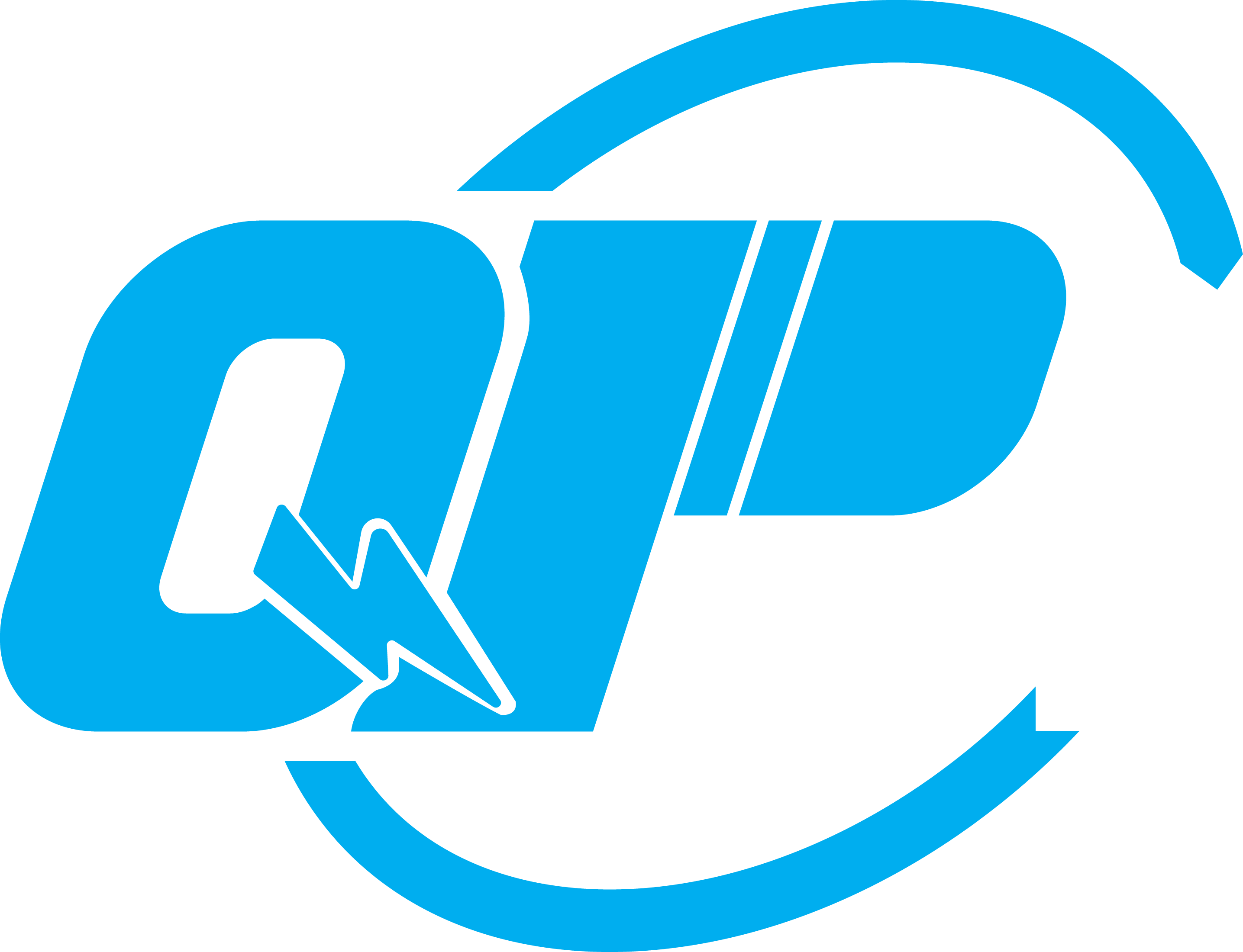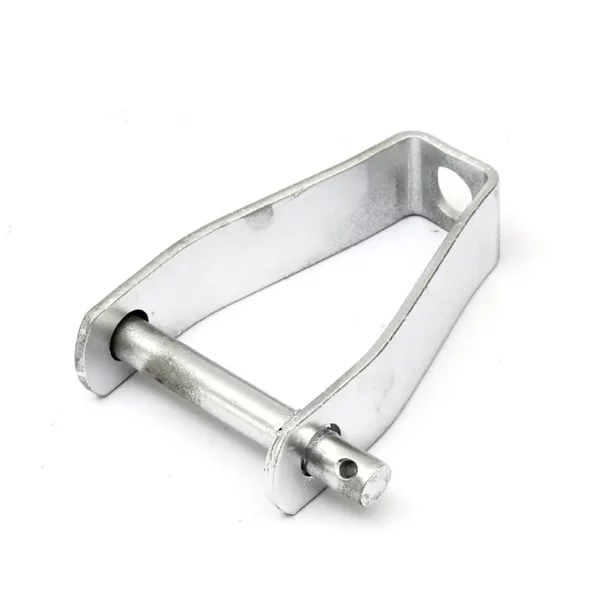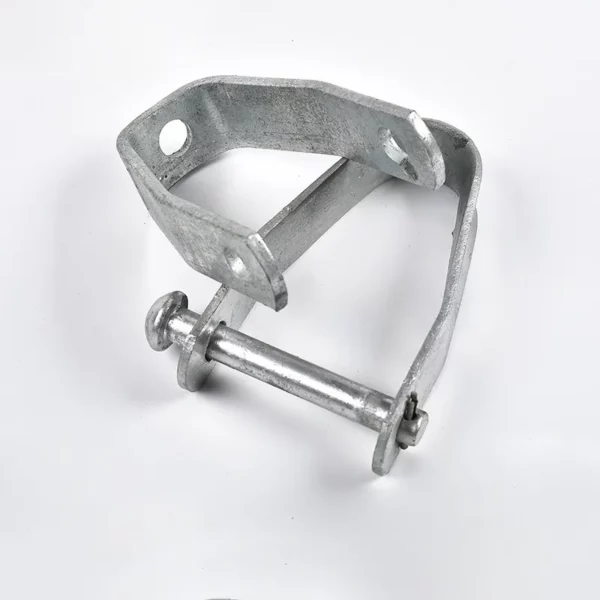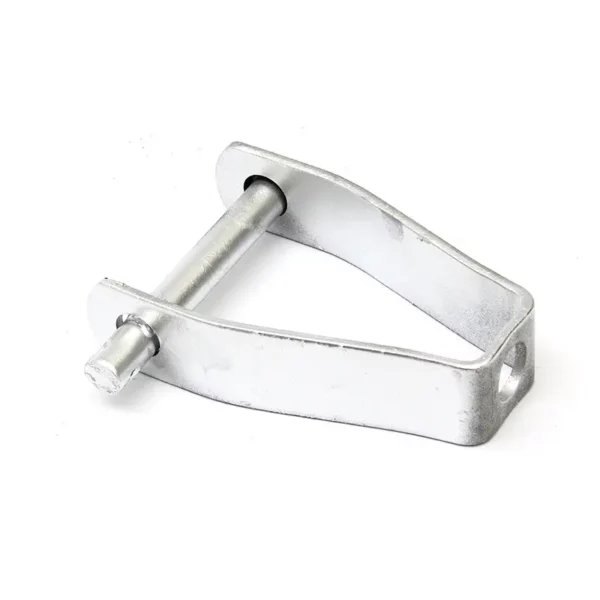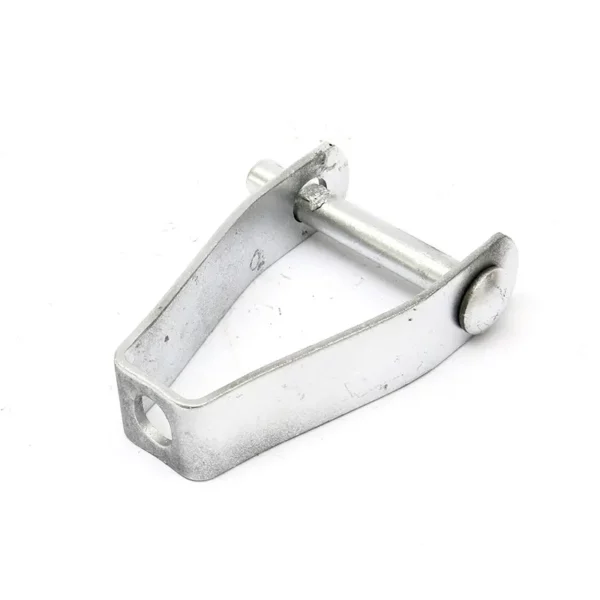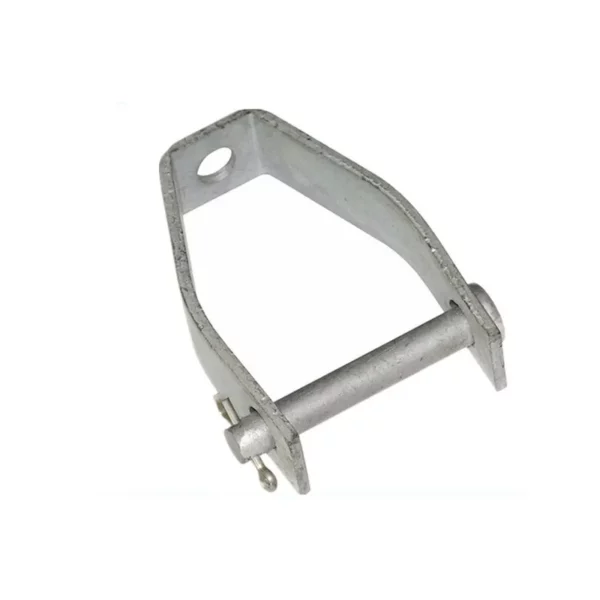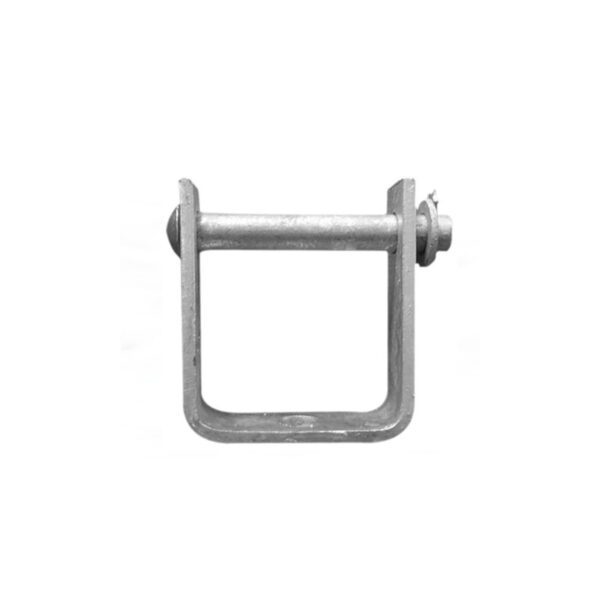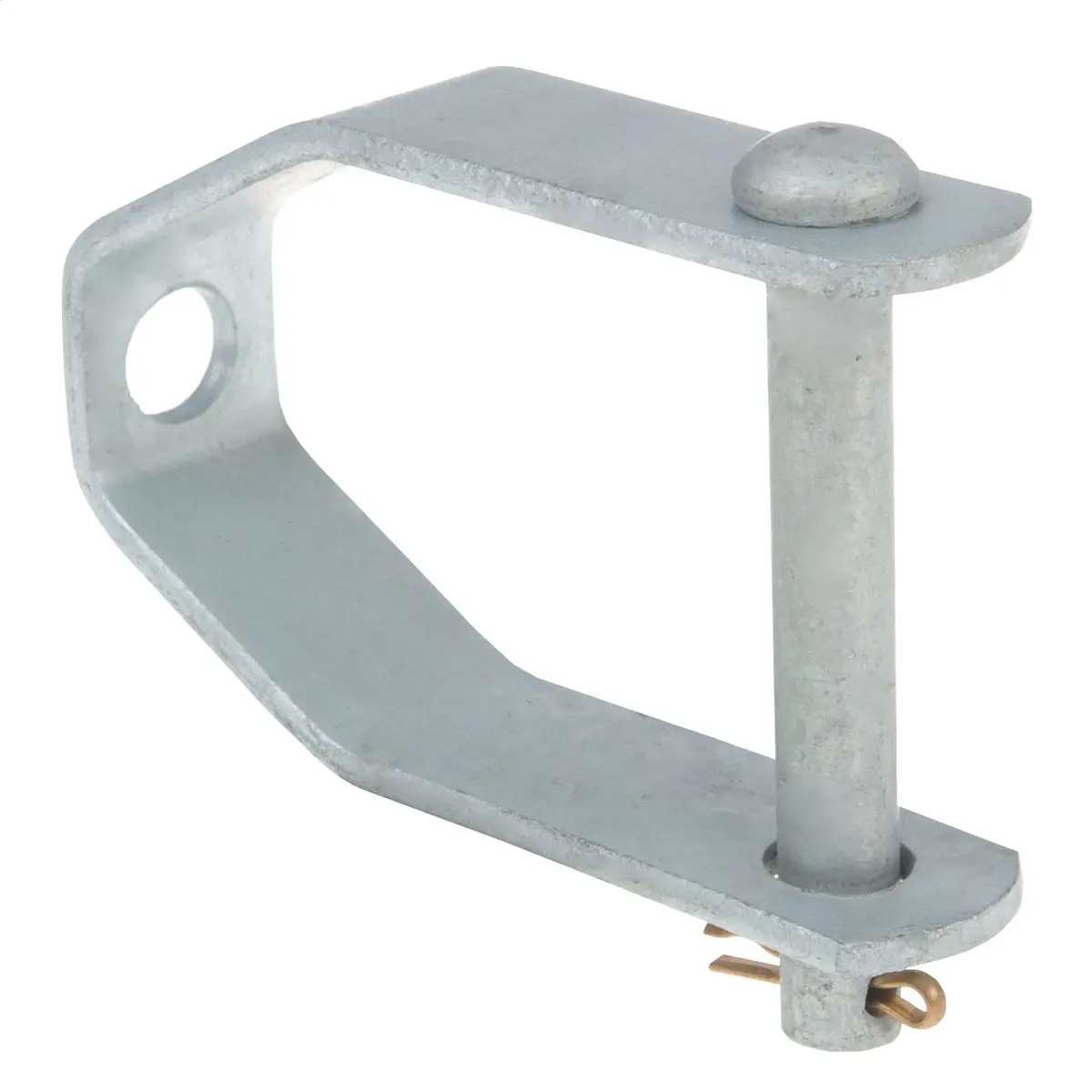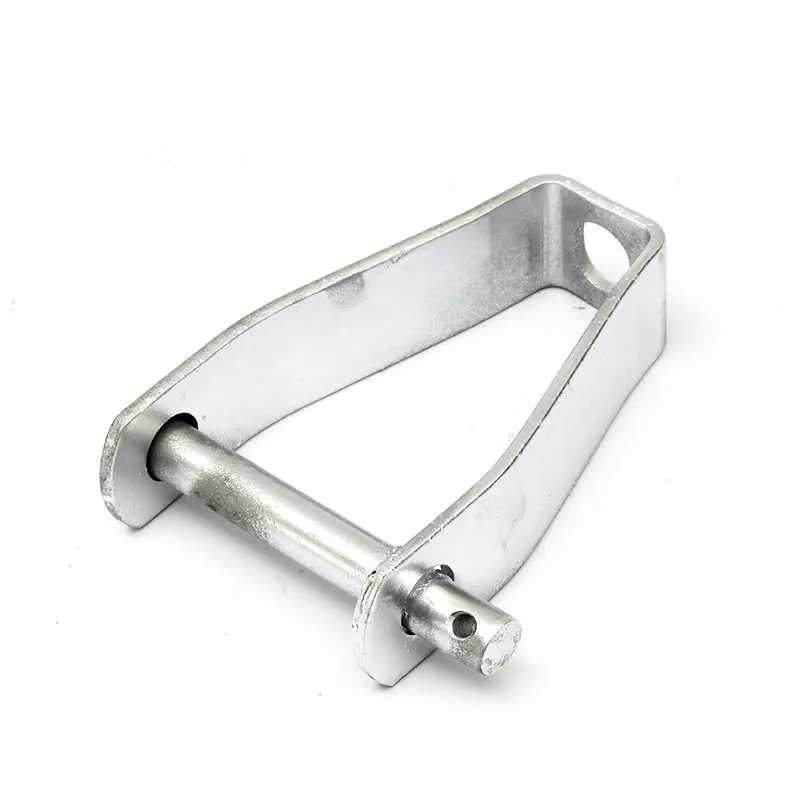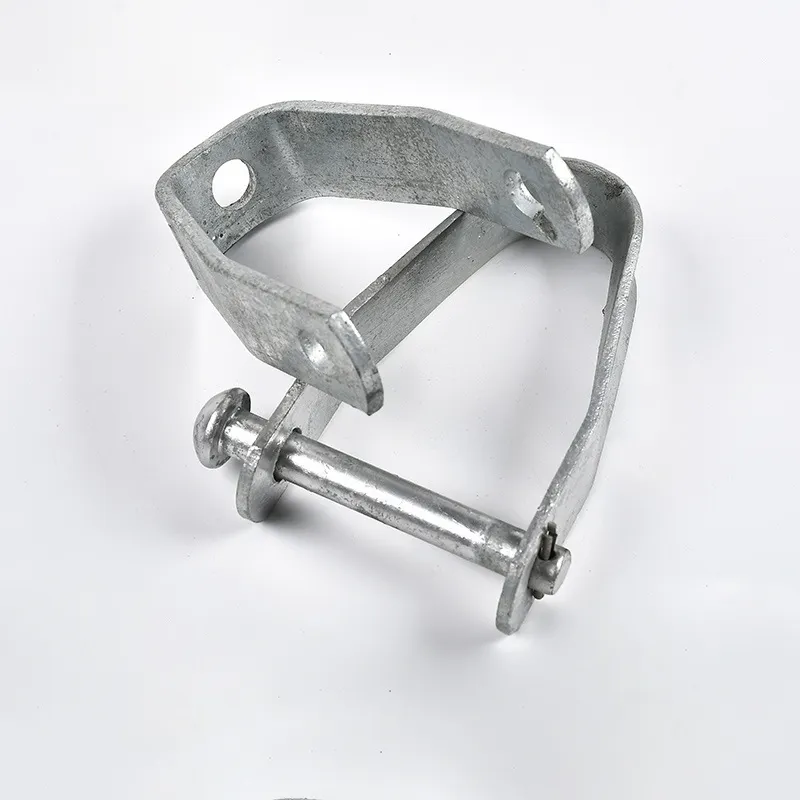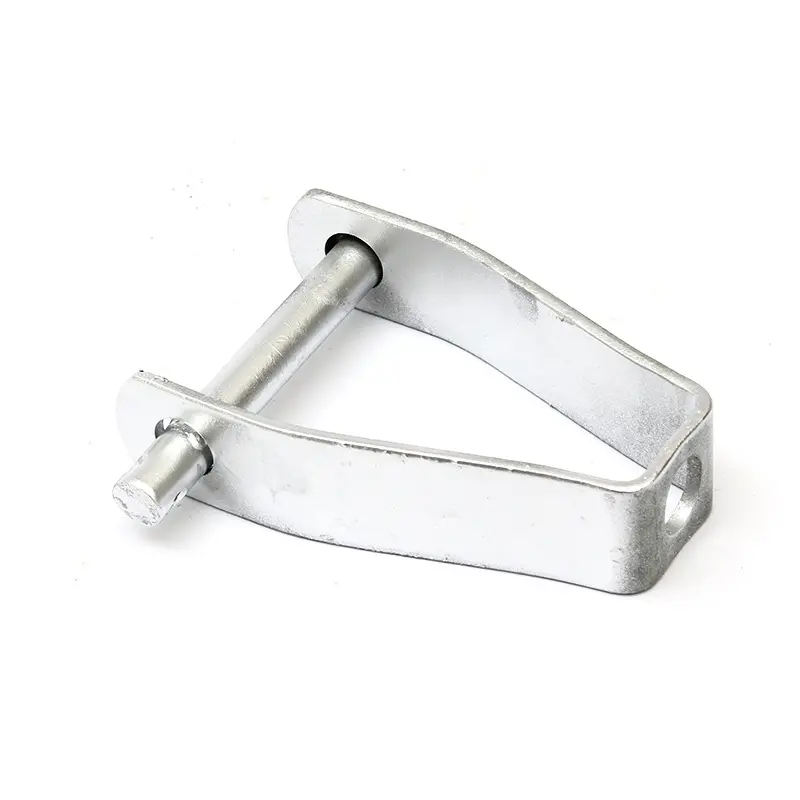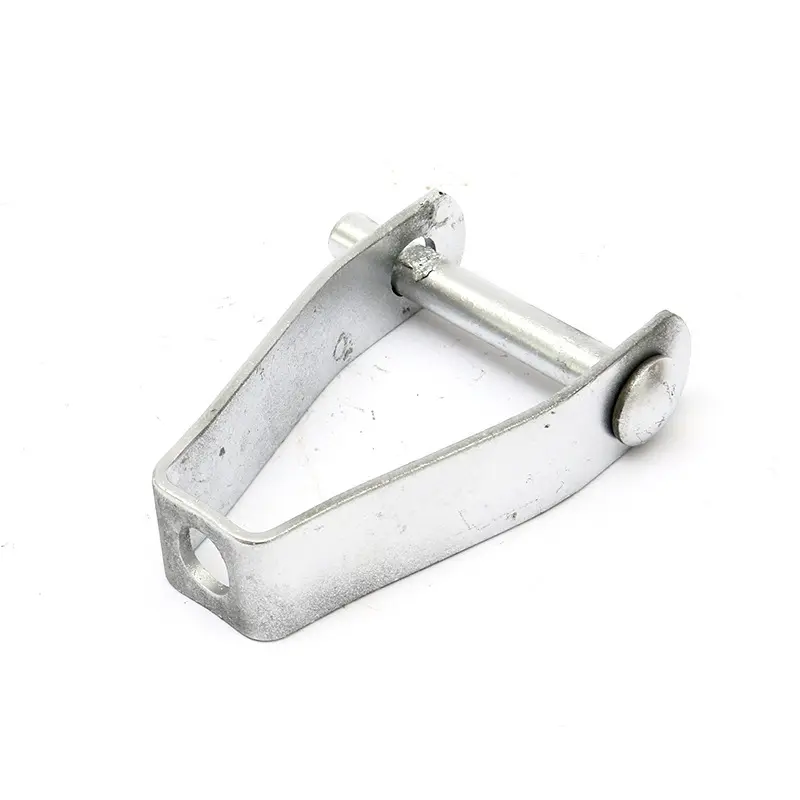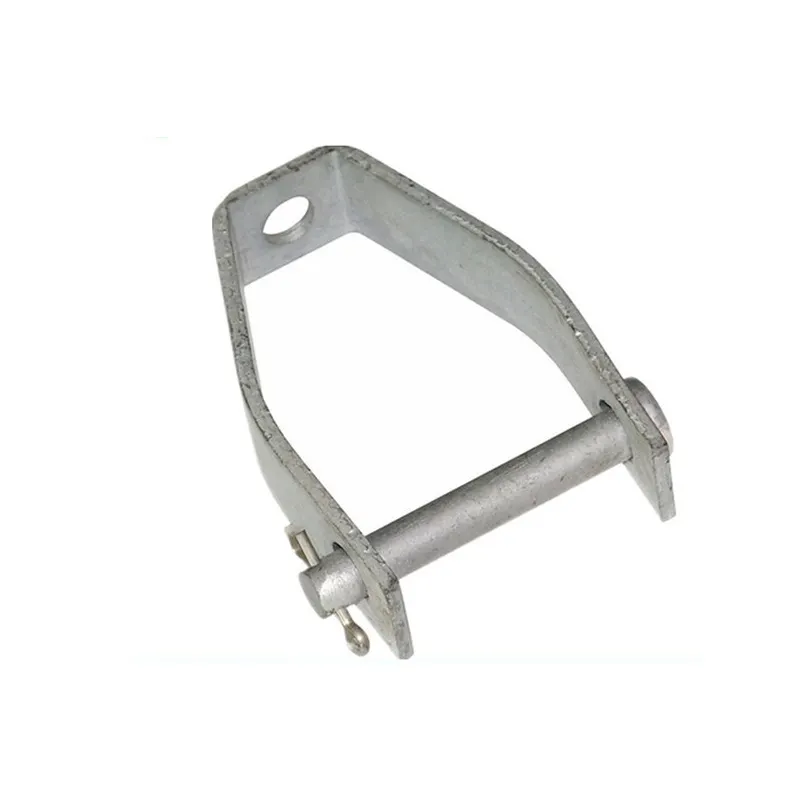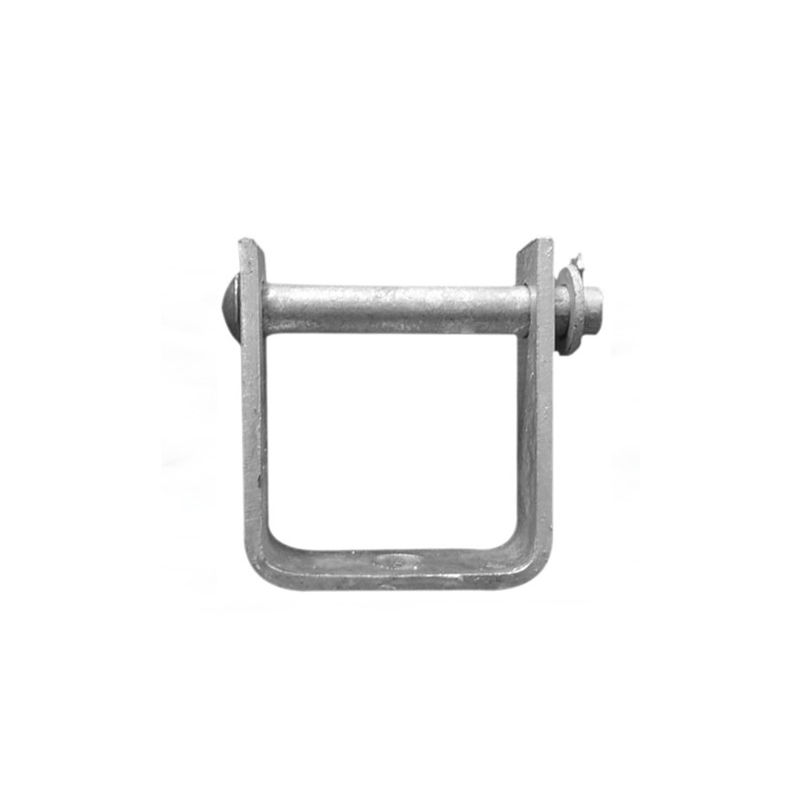Secondary Clevis
- Description
- Specification
Description
The secondary clevis is a type of spool insulator bracket, it is punched from flat steel with a clevis pin that will string the spool insulator. The secondary clevis is mainly used on low voltage dead end or corner pole lines or overhead lines, it is also called dead-end clevis or D iron D bracket.
People use it to connect the spool insulator to the pole so that the spool insulator can support and insulate conductors. There are many different designs on the secondary clevis structure. The simplest type is the D iron which is fabricated for a 16mm diameter through-bolt fixing to the pole and a 16mm diameter insulator bolt. Another complex type of secondary clevis is slotted steel with a mounting hole. The slotted type design is to permit installation without removing insulators.
As a professional manufacturer, supplier, and exporter, Quan Phamhas focused on making secondary clevis for 12 years. We have skilled workers and knowledgeable engineers to be your most support.
Table of Contents
Secondary Clevis: The Complete Guide
Pole-line hardware has been in use for aerial construction in overhead electric power lines.
The hardware is usually designed in such a way that it can withstand a lot of weight and terrible weather.
In most cases, the material used in making the pole line hardware like secondary clevises are plastic and galvanized iron.
So, in case you’re a looking for secondary clevis for your distribution and transmission lines, then you must read this guide.

Secondary Clevis
What is Secondary Clevis?
A secondary clevis is a device that is made by punching two holes at the end of flat steel.
The flat steel is then bent making a U shape.
A clevis pin which will act as the spool insulator is passed through the holes.
In other words, secondary clevis is also identified as “D iron D bracket” or dead end “clevis”.
It can be used on very low voltage dead end.
Besides that, it can be used on corner pole lines and overhead lines.

Power line transmission
There are quite a number of holes and styles that can be offered according to the preference of the user.
- Tensional loading is resisted by the broad base style.
- Twists under heavy loads are resisted by curved back.
- Dead end strength is enhanced by the channel style.
- Insulation damage is prevented by the rounded edges.
- Corrosion resistance is provided by the Hot-dipped galvanized steel
Clevis Pin
A clevis pin can be assumed as a bolt which can be threaded or unthreaded at the end.
It also has a cross hole which provides the allowance for a split pin.

The unthreaded pin has a domed head at one end and on the other end is a cross-hole.
On the other hand, threaded pins are partially threaded on one end.
The other end has an already formed head.
Main Uses of Secondary Clevis
The main uses include:
- Connecting spool insulator to the pole for support and insulation of the conductors.
- Act as stringing pulleys used on poles for stringing conductors.
- Fixed raised projections are used for capturing the bolts and turning resistance.
- Secondary clevises with large eye nuts or eye bolts have flexible mounting for strain equalization at the corners.
Secondary Clevis Designs for Pole Line Transmission
There are many designs of the secondary clevis.
In this section, the main focus will be on the most popular options:
1. D Iron
It is known as the simplest type of secondary clevis.
It is fabricated with a diameter of 16mm for a through bolt fixed to the pole.

It also has an insulator bolt with a diameter of 16mm.
The material used in making it is usually carbon steel in most cases.
It is also galvanized and flexible to equalize strains at the corners.
Normally, it is available in different sizes depending on the user preference.
2. Slotted steel with mounting hole
This type of secondary clevis permits installation without the removal of the insulators.
The holes used for mounting the clevis are usually 5/8 inch for the same size of bolts.
3. Secondary Clevis with a Pin
The mounting holes on the clevis are drilled for 5/8 inch bolts.
The two main types of secondary clevis with pins include threaded and unthreaded.
Unthreaded secondary clevis pins are characterized by a cross hole and a dome head.
A split pin or a cotter pin is responsible for keeping the clevis pin intact.
The pin has a shank that is partially threaded on one side and a formed on the other side.
 Secondary clevis with pins
Secondary clevis with pins
There is a lip on the side with the formed head which stops the pin during the threading process.
It can either be threaded into a shank or any other form of an insulator.
On the other end is a flat tab and a cross hole which gives an allowance for installing the pin.
Apart from that, it also gives an allowance for the split pin to be moussed.
There are certain cases where a bolt is used in place of a clevis pin.
The disadvantage of the bolt comes when it cannot handle lateral which a clevis pin can handle comfortably.
The clevis pin is designed to withstand shearing forces while bolts are designed to handle tension forces.
4. Secondary clevis with insulator
The mounting holes on the clevis are 5/8 inches slotted to allow installation without excluding the insulator.
Most of the time, the insulators are ordered separately and do not come with the clevis.

Secondary clevis with insulator
The material used is hot dip galvanized to protect it from corrosion.
The secondary clevis with insulators is of different types.
- Option 1: Designed so that it can develop strength online pull or dead ends. It is equipped with mounting slots for a 5/8 inch bolt. It also has two staggered holes which will be used with ½ inch lag screws.
- Option 2: Secondary pulley brackets are designed for use as secondary clevises and also for stringing. They are very useful for sagging conductors and also for stringing. Also, they may have a tab made of metal that has the insulator bolt eliminating the cotter pin.
4. Secondary clevis with insulator
The mounting holes on the clevis are 5/8 inches slotted to allow installation without excluding the insulator.
Most of the time, the insulators are ordered separately and do not come with the clevis.

Secondary clevis with insulator
The material used is hot dip galvanized to protect it from corrosion.
The secondary clevis with insulators is of different types.
- Option 1: Designed so that it can develop strength online pull or dead ends. It is equipped with mounting slots for a 5/8 inch bolt. It also has two staggered holes which will be used with ½ inch lag screws.
- Option 2: Secondary pulley brackets are designed for use as secondary clevises and also for stringing. They are very useful for sagging conductors and also for stringing. Also, they may have a tab made of metal that has the insulator bolt eliminating the cotter pin.
Technical Specification of Secondary Clevis
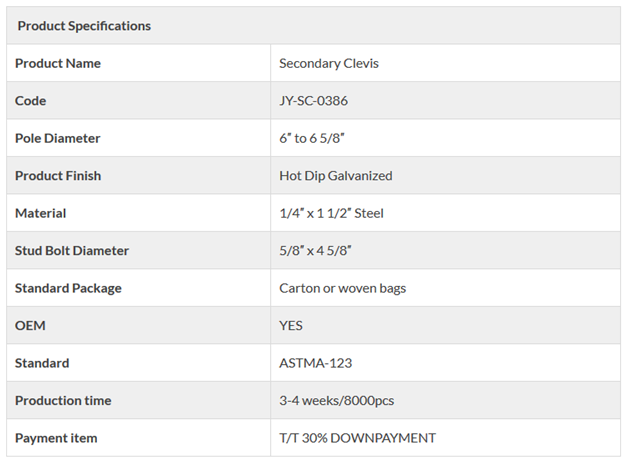
Secondary clevis specification
· Type of Material
There are quite a number of materials used in making the secondary clevis.
The materials include steel, zinc, and iron which are galvanized in a bath of molten zinc at very high temperatures.
Temperatures can go as high as 449 degrees celcious and nothing less.
Hot dip galvanized material is used because it prevents the clevis form corrosion.
It is a cheap material and often considered superior to stainless steel because of its life cycle.
Besides, it can also be welded but one has to be careful with the fumes produced.
· Tensile strength
The tensile strength of a material is the kind of resistance it has to break when it is put under pressure.
Normally, the kind of material used in making the secondary clevis has to be strong enough to withstand pressure from the pulleys.
The clevis is made broad at the base to help in making them stronger and improve the tensile strength.
· Quality compliance
Basic specifications the hot dip galvanized used on steel and iron is controlled by ISO 1461 single standards.
The standards are inclusive of test methods, specifications, and articles published on the above-mentioned material.
There are, however, some exceptions to these rules and regulations.
ASTM A153 is a standard that has been specified zinc coats on iron and other hardware.
These standards are applied to hardware such as fasteners, castings, pressed, forged, and rolled products.
The requirements of A153 are similar to A123 apart from the fact that it includes threaded materials.
A153 requires a uniform, smooth and continuous finish with nothing left uncoated with the inclusion of the threaded areas.
It provides for the minimums and no maximums of the coating allowed with the exception of the threads.
Fasteners of high tensile strength are also included as they can be a subject of embrittlement.
· Finishing – Hot-dip Galvanize
There are quite a number of factors that are considered when looking at the finish and the appearance of galvanized coatings.
These factors are in control of the galvanizers while others are not.
Visual inspection by an expert is used to make sure that the galvanization has been done well.
· Stud bolt diameter
The number of bolts required is dependent on the number of holes on the secondary clevis.
Both the length and diameter of the stud bolts depend on the type of flange and pressure applied to the clevis.
The measurements of the stud bolts are controlled under the ASME B16.5 standards.
In most cases, the length of the stud bolts in inches is usually equal to the length of the threads measured parallel to the axis.
In the making of the secondary clevis, most of the time 5/8 inches are preferred as the diameter of the bolts.
· Clevis fastener
It is a three-piece system of a fastener that consists of a clevis pin, clevis, and tang.
The clevis is U shaped and has two holes at the end which allows for the entry of the clevis pin.
Tang, on the other hand, is a piece fitted in between the clevis and is held by the clevis pin.
· Dimension
All the dimensions are in inches unless advised otherwise.
The size of the hole is in no accordance with ASME or SAE standards and depends on the size of the clevis pin.
Height and head diameter are averaged figures rounded off to the nearest 64th.
Large cotter pins or split pins are preferred even though the small ones can be accepted.
“For 5/16″ clevis pins with 1/8″ hole, use 3/32 ~ 7/64″ cotter pin.
For 9/64″ hole size, use 1/8″ cotter pin. SAE/ASME standard clevis pins use different cotter pin sizes.”
· Clevis mounting hole
The mounting holes on the secondary clevises are usually 5/8 inches.
The mounting holes are in place to allow for installation without the removal of the insulators.
How to Install Secondary Clevis?
The installation of the secondary clevis is a very simple process but in most cases left for people with experience.
- Depending on the kind of installation, make sure that all the materials required are in place. Since the installation will be on a pole you must have a ladder and a few people to assist.
- Make sure the safety gear is in place including proper clothing and shoes.
- After that take the secondary clevis and proceed up the pole on a ladder to the point where the clevis is to be mounted.
- Using a harmer or a bolt driver, mount the clevis on the pole by driving the nuts through the mounting holes.
- You have to make sure that the secondary clevis is mounted well and can hold the weight it is supposed to.
As you can see, the process is simple and straightforward.
Frequently Asked Questions (FAQs)
What is the secondary clevis mainly used for?
The secondary clevis is mainly used on low voltage dead end or corner pole line or overhead line to assemble with insulator pins.
What is the raw material of the secondary clevis?
The secondary clevis raw material is flat steel.
What is the quality standard of the secondary clevis in the factory?
It is Hot-dip galvanize according to ISO1461 or ASTM A153.
Conclusion
Secondary clevis is a very important tool that assists in quite a number of ways.
They have enhanced pole line technologies to appoint where it makes the job easier.
By considering everything I have mentioned in this guide, you can easily get a suitable secondary clevis.
At Quan Pham, we design and manufacture standard and custom-made secondary clevis.
Contact us today for any consultations on pole line hardware systems.
The Quan Pham dead end clevis’ feature is as below:
1. Minimum ultimate tensile strength 500n/mm2
2. Hot-dip galvanize in conformance with ISO1461 or ASTM A153
3. Leading ways to prevent dead end clevis embrittlement
4. QC strictly quality control
5. Uniform on packing
6. Factory price, save you 30%-50% cost
| Product Specifications | |
| Product Name | Secondary Clevis |
| Code | JY-SC-0386 |
| Pole Diameter | 6″ to 6 5/8″ |
| Product Finish | Hot Dip Galvanized |
| Material | 1/4″ x 1 1/2″ Steel |
| Stud Bolt Diameter | 5/8″ x 4 5/8″ |
| Standard Package | Carton or woven bags |
| OEM | YES |
| Standard | ASTMA-123 |
| Production time | 3-4 weeks/8000pcs |
| Payment item | T/T 30% DOWNPAYMENT |
